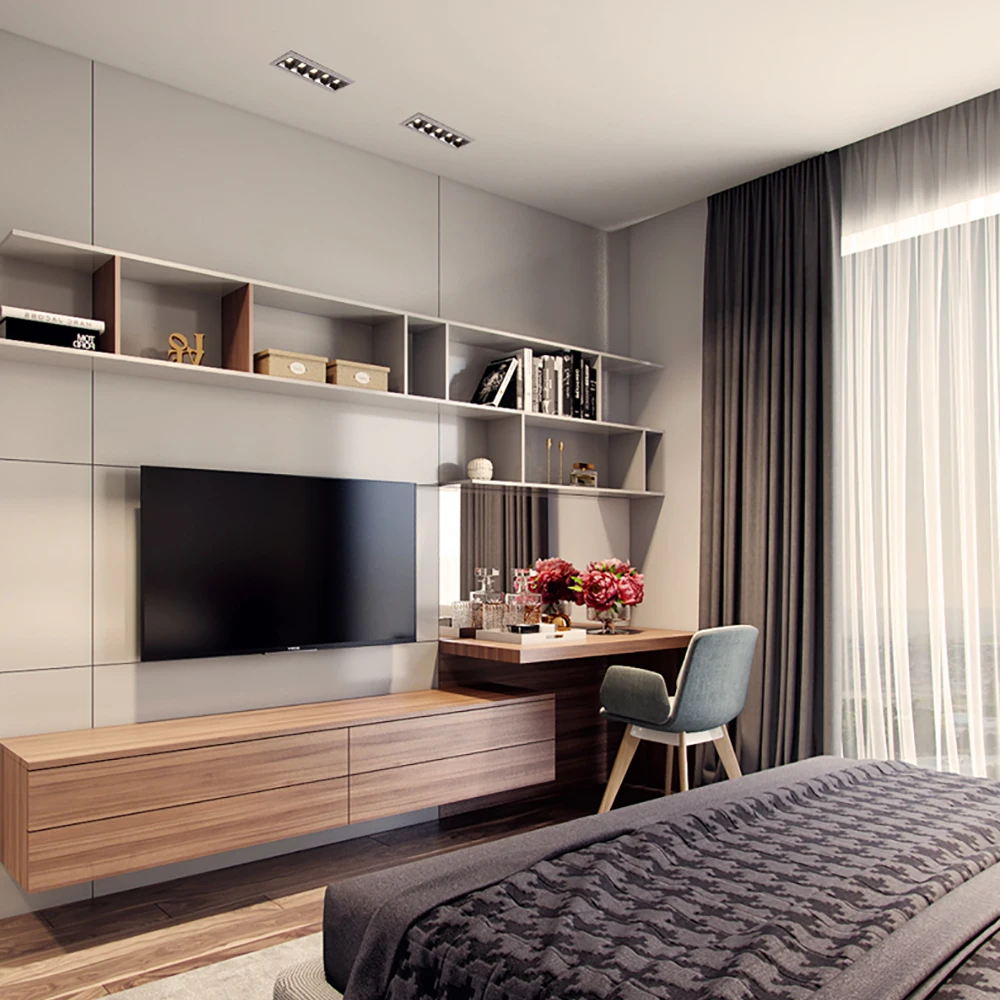Light Emitting Diodes, or LED lights, are a common fixture in contemporary lighting because of its long lifespan, energy economy, and adaptability. However, as they have proliferated, concerns over their safety have surfaced. This essay will investigate the safety of LED lights by looking at its advantages, possible health hazards, effects on the environment, and safe usage techniques.
LED Lights’ Advantages
LED lights are becoming more and more popular because of their many benefits.
Energy Efficiency: LEDs use very little energy and turn a large amount of electricity into light instead of heat. Electricity bills are lowered and energy consumption is decreased by this efficiency.
Long Lifespan: Compared to conventional incandescent and fluorescent bulbs, LEDs have a substantially longer lifespan. They can function for at least 25,000 to 50,000 hours, which lowers the need for replacements.
Durability: LEDs are more resilient to external impacts, vibrations, and shocks. They can therefore be used in a variety of settings where conventional light sources would not function properly.
Impact on the environment: Unlike fluorescent lights, which contain hazardous materials like mercury, LEDs don’t contain any of them. Their lengthy lifespan also means that they generate less garbage.
Possible Hazards to Health
Notwithstanding these advantages, a few possible health hazards linked to LED lighting have been noted:
Exposure to Blue Light
The blue light that LEDs emit is one of the most frequently brought up issues. Blue light is a naturally occurring component of visible light spectrum, with shorter wavelengths and higher energy. But too much artificial blue light exposure might have a number of negative impacts.
Eye Health: Extended exposure to blue light can result in headaches, dry eyes, and pain from digital eye strain. Investigating whether prolonged exposure to blue light may exacerbate age-related macular degeneration and retinal damage is another area of continuing research.
Sleep Disruption: Melatonin, a hormone that controls sleep, is produced differently when exposed to blue light. Sleep issues can arise from blue light exposure, particularly in the evening when circadian rhythms are upset.
Flicker is the abrupt change in light intensity that can be caused by LED lights. Even though this flicker is frequently undetectable to the unaided eye, it can have a number of consequences:
Visual Discomfort: Flicker, especially in sensitive people, can lead to headaches, eye strain, and visual discomfort.
Neurological Effects: People with photosensitive epilepsy may experience seizures in extreme situations due to flickering lights.
scowl
LED lights have the potential to create glare, especially if they are installed incorrectly or are very bright. Glare can impair vision and generate blind spots, which could result in mishaps.
Impact on the Environment
LED lights’ extended lifespan and energy efficiency contribute to their favorable environmental impact. Still, there are a few environmental factors to take into account:
Light pollution is a problem that impacts human health and the environment. It can be exacerbated by the widespread usage of LED lights. The night sky can be obscured, wildlife behavior can be impacted, and ecosystems might be upset by light pollution.
Electronic Waste: LEDs eventually need to be disposed of, despite their lengthy lifespan. Recycling electronics correctly is crucial to reducing waste and protecting the environment.
LED Lighting Safety Use
To optimize the advantages of LED lighting while reducing any hazards, take into account the subsequent recommendations:
Selecting the Best LED Lighting Products: Invest in LED lights with excellent quality from reliable suppliers. Seek for products with positive reviews and compliance with safety regulations.
The right color temperature for an LED light should be chosen depending on how it will be used. Cooler color temperatures (over 5000K) are appropriate for business contexts, while warmer color temperatures (below 3000K) are ideal for leisure and nighttime use.
Choose LEDs that are marked as flicker-free to lower your risk of experiencing visual discomfort and other flicker-related problems.
Setting Up and Using
Install LED lights in the right locati0n to reduce glare and make sure they are not pointed directly at people’s eyes. To lessen glare and soften the light, use lampshades or diffusers.
Dimming Controls: To minimize exposure to blue light in the evening, use dimmable LEDs with suitable dimmer switches to change brightness levels based on activities and the time of day.
Sufficient Ventilation: To avoid overheating and prolong the life of LED lighting, make sure they have sufficient ventilation.
Reducing Exposure to Blue Light
Blue Light Filters: To lessen exposure to blue light, particularly at night, use blue light filters on LED lights and screens.
Screen Time Management: To cut down on blue light emissions, put devices in night mode and limit screen time before bed.
Lighting Design: Use lighting schemes that reduce the amount of blue light in living areas, particularly in bedrooms and leisure areas.
In summary
Regarding lifetime, environmental impact, and energy efficiency, LED lights have a lot to offer. But it’s important to take into account possible health hazards like flicker, glare, and exposure to blue light. We can benefit from LED lighting while maintaining safety and wellbeing if we select high-quality LED goods, use them properly, and take precautions to limit our exposure to blue light.
In conclusion, when used properly, LED lights are generally safe. Putting safety precautions in place and being aware of their possible risks might help lessen any negative impacts. With additional research and development, LED technology should continue to improve in safety and efficiency, making it an even more valuable part of contemporary lighting systems.
